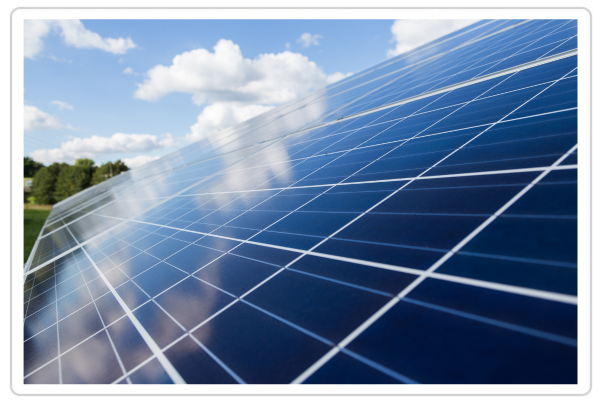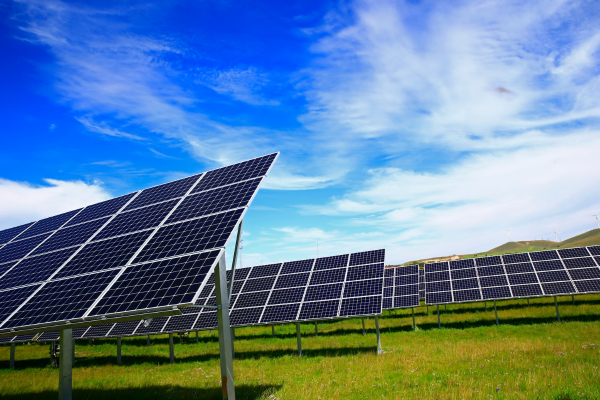Transportation of photovoltaic panels

Solar panels are made of brittle materials that are easily damaged. Micro-cracks or scratches may later result in reduced device performance. Therefore, an important aspect when planning the transport of panels is their proper protection.
What is photovoltaics?
Photovoltaics is the process of obtaining and converting light into electricity (current) thanks to photovoltaic panels. The obtained direct current goes to the so-called inverter where it is converted to alternating current. Due to the very effective operation of the panels, surplus energy is discharged and collected in special warehouses or sent to the grid. Photovoltaics is a beneficial alternative to other sources of energy generated in a hydro or wind power plant due to its affordability for everyone, even a private entity. The requirement is to have a properly sunny place where the cells can be installed. There are many criteria and guidelines for installation depending on the location (roof or ground). If the panel is to be mounted on the roof, the angle of inclination and its size are taken into account. Some companies or individuals also decide to install the cells on the ground, which does not reduce the efficiency of the panel. It is assumed that the investment pays for itself within about 10 years of installation.


Photovoltaic panels mounted on the roof Photovoltaic panels mounted on the ground
Transportation of photovoltaic panels
In the case of photovoltaic transport, the basic protection is appropriate packaging. During loading, the links are placed on the long side or horizontally on the semi-trailer. This reduces the pressure on the module and thus reduces the risk of breakage. What's more, special separators are placed between the cells to ensure safety during transport. Some transport companies also protect the ends of the panels or pack each panel in a separate package, often additionally wrapping them with foil at the end. Photovoltaic panels secured in this way are placed on a pallet, which holds approx. 27 pieces on average. It is strongly discouraged to transport the cells horizontally, because there is a good chance of damage to the panel. In addition, it would be a sub-optimal loading method as the panels are not stackable loads. Manufacturing companies also recommend protecting the smoker from the sun until installation.
Are you wondering how to optimally distribute your cargo on a semi-trailer? Take advantage of Smarload, for a 14 days for free, without obligation!
Read also: Ecological solutions in logistics